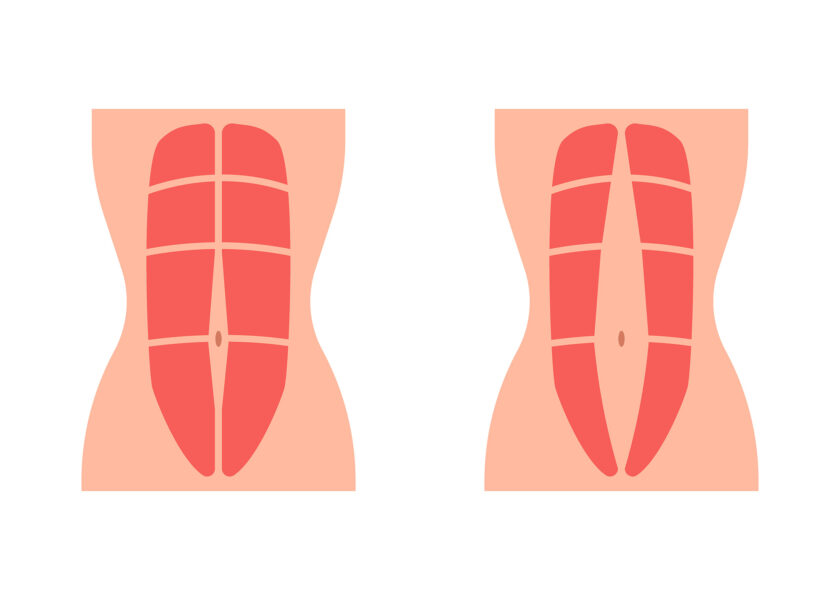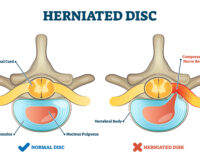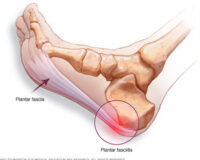
Women Diaries—Abdominal Separation
Story of the separating stomach!
Hey ladies! First, let me wish you a very happy women’s month! September has been the month long celebration about women and women’s health all across the globe.
Being a woman is not only about being strong mentally but also physically. With our current live styles, the stress of juggling home and work and a social calendar that always is full, taking care of our health and well being becomes a tad bit difficult. Another joy of being a woman, MOTHERHOOD! It’s one of the most beautiful and fulfilling experiences a woman could experience (all heard from no personal experience here!).
As beautiful as motherhood is, it does come with a slight price to pay. And it’s usually the abdominal muscles which pay the biggest price. DIASTASIS RECTI is a condition that deserves the limelight. It is the separation of the outer abdominal muscles. Though at this point I should tell you all that diastasis recti doesn’t affect only women but can also happen to men and children. So gents, if you feel those 6 pack abs forming a gap, it’s time to go see your physio! But more often than not, women are more commonly affected by it especially after the birth of the baby.
What causes the muscles to separate?
One of the most common causes is weak abdominal muscles. The outer abdominal muscles called the rectus muscle is not strong enough to handle the pressure and support the abdominal internal organs. The continuous stretching of the abdomen and the abdominal pressure exerted on connective tissues is another important cause to be aware of. During pregnancy, it is commonly seen during the second trimester and the chances of reoccurrence increases with subsequent pregnancies. Even more common when a woman is expecting twins or triplets.
What do you have to look for?
The most common sign is doming of the abdomen.it is more apparent when coming from a lying position into a sitting position.
In case you suspect it:
If you suspect that you may have separated abdominal muscles, lie on your back with both knees bent, placing your fingers just above your belly button lift your head and neck off the floor pressing your fingers into your stomach. A gap of 1-2 finger width is considered relatively normal. You should also feel for tightening of your abdominal muscles. In case you feel, that the gap you feel is more than 1-2 finger width, talk to your physiotherapist for a full assessment and exercise prescription.
Like I said before, there is nothing that exercise can’t fix!
Ladies and gents… let’s start reconnecting!
Now for the most important part, what can be done to resolve this little problem? Diet and regular, monitored and more importantly, tailored exercise programs are excellent tools for combating this problem and strengthen those core muscles without excessively increasing the intra-abdominal pressure.
Broadly speaking, research shows exercises divided into 3 phases of 4 week cycles.
Phase 1: Before you start doing any heavy ab work, let’s begin by concentrating on the fine tuning and activation of our deeper abdominal muscles that help stabilize our pelvis, lumbar spine and in turn, abdominal strength.
Phase 2: Continue the basic stabilizing and strengthening exercises you started in phase 1 but with added resistance like kettlebell workouts to build strength. Keep the volume high but with low load or resistance to build endurance.
Phase 3: Continuing phase 1 and 2, add cardiovascular workout to the regime and increase the resistance keeping the number of repetitions same to build power.
Apart from exercising, research studies show that abdominal bracing in conjunction to strengthening and stabilizing exercises show better results and avoid the need to undergo surgery to correct diastasis recti. Exercises like static abdominals, head lift and pelvic tilting with bracing and pelvic clock exercises help reduce the gap between the muscles and strengthen abdominal muscles.
In recent times, Pilates as a method of working on core strength, stability and core control has been studied extensively and has yielded excellent beneficial results to combat all issues related with pregnancy and weak core muscles. Pilates works body and mind as a unit and provides a comprehensive approach regardless of a person’s age, fitness level or the ability to work specific muscles. Programs are tailored to suit individual needs and can be modified and progressed as often.
The Tupler Method:
It is the only research based exercise program proven to effectively treat diastasis recti. The main aim is to heal the weakened connective tissue and is done and progressed over 18 weeks. It’s divided into the above 4 stages and is a step wise process of learning to do the exercises correctly and also maintaining a good posture and the correct way of getting up and down.
To conclude
Dealing with diastasis recti can be a bit tricky but not impossible to conquer. Ladies and gents, it’s all about our knowing our bodies and figuring out what it needs to work efficiently with minimal grief! Safety and precaution is important when dealing with issues related to our core and pelvic floor.
At Therapia, we specifically design protocols suited to your individual needs. Don’t ignore your core muscles. Book an appointment with one of our therapists to have a full assessment of your signs and symptoms so we can help you maintain your post baby glow!
We wish you an active, healthy and pain free life!
References:
Pascoal P, Carita A, Bo K 2014, ‘Prevalence and risk factors of diastasis recti abdominis from late pregnancy to 6 months postpartum, and relationship with lumbo-pelvic pain’, Manual Therapy, doi:10.1016.
Acharry N & Kutty R 2015, ‘Abdominal exercise with bracing, a therapeutic efficacy in reducing diastasis recti among postpartal females’, International Journal of Physiotherpay and Research, Vol 3, No 2, pp.000-1005.
Wright A 2014, ‘Pilates for new mothers’.




